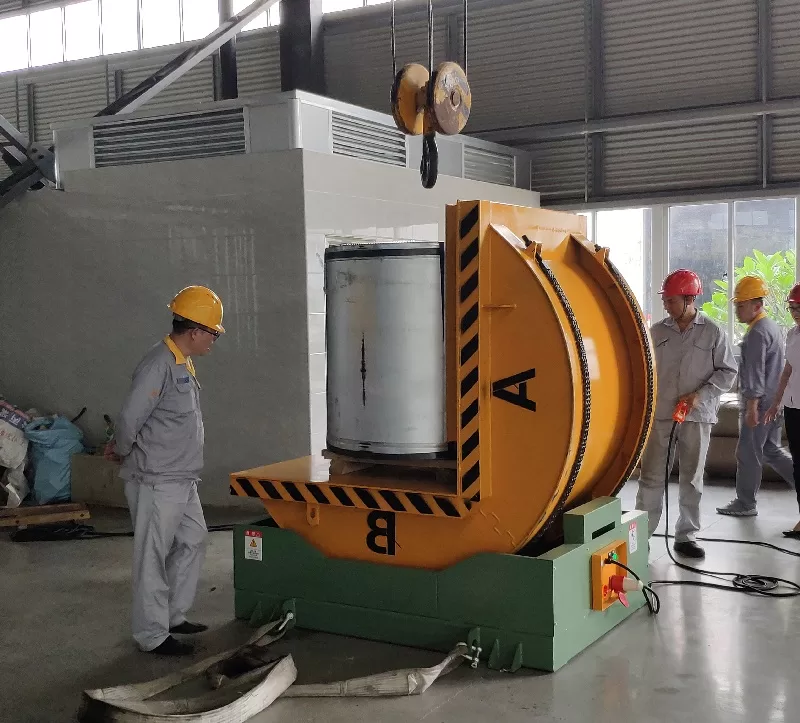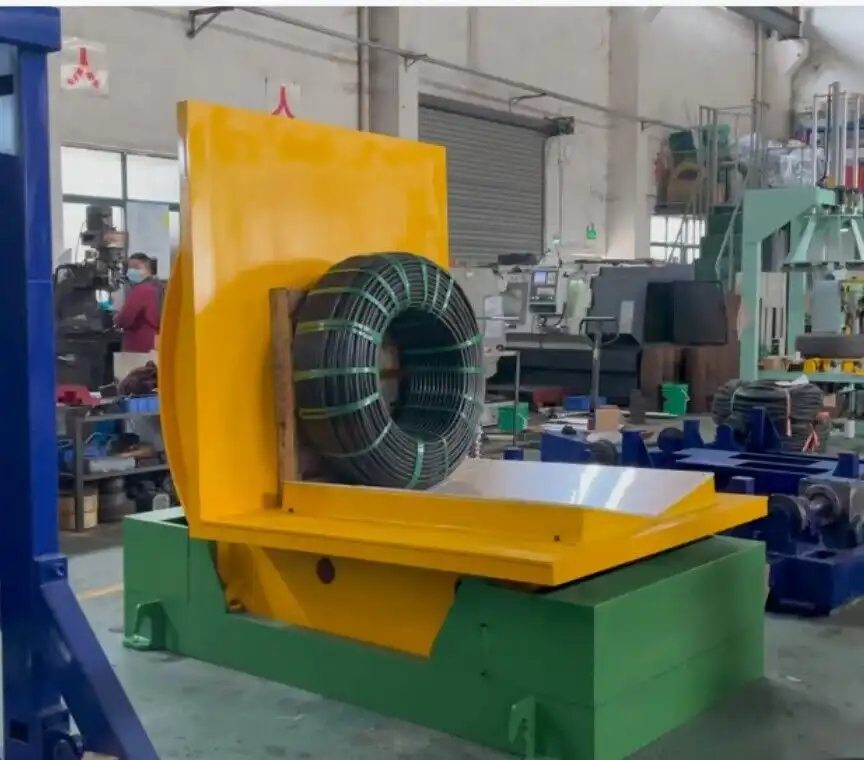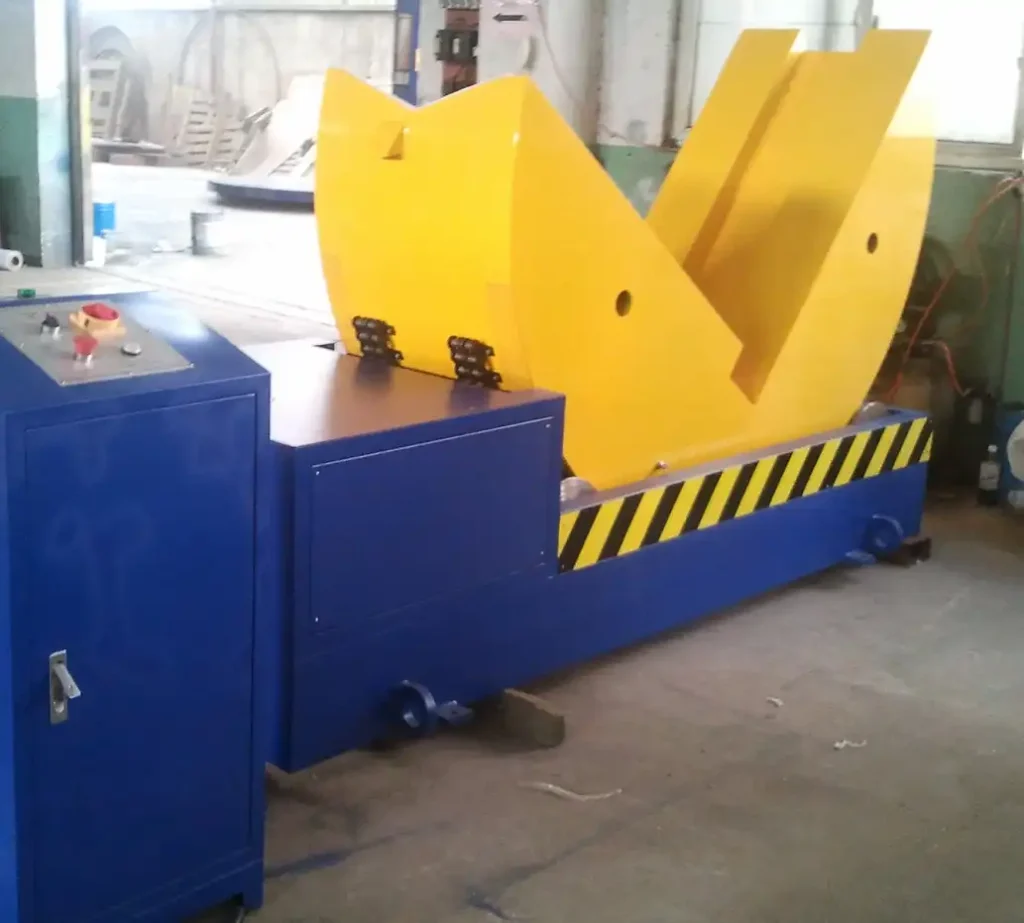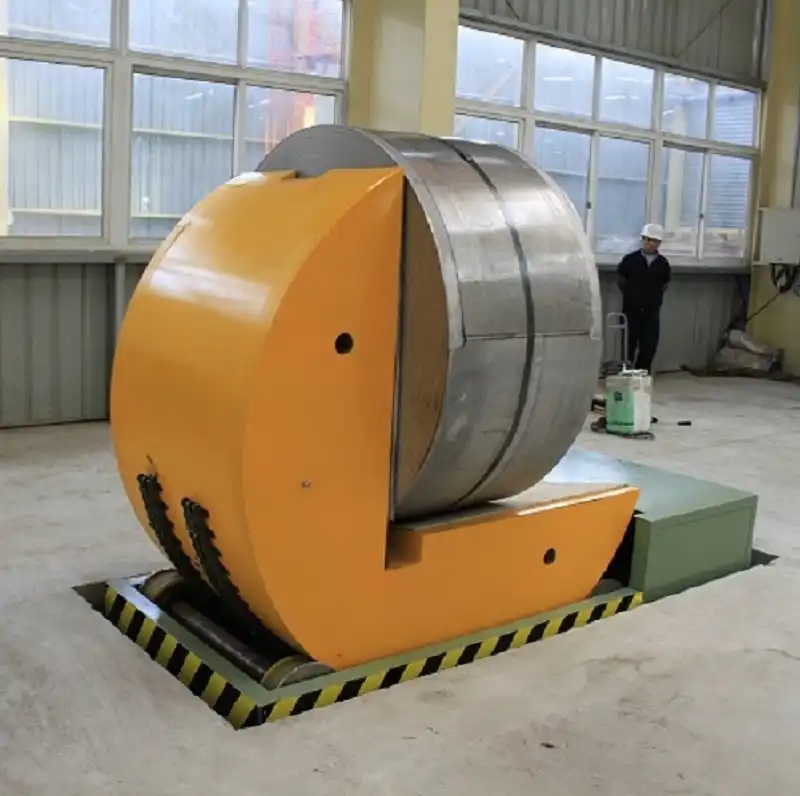In the world of industrial machinery, coil upenders play a vital role in ensuring the safe and efficient handling of coils. These robust machines are engineered to rotate coils from a horizontal to a vertical position or vice versa, minimizing the risk of damage and enhancing operational workflow. But with numerous options available in the market, how do you select the right one for your specific needs?
Choosing the right coil upender requires a comprehensive understanding of your operational needs, the specifications of the coils you are handling, and the distinct features of different upenders. This article will guide you through these considerations, ensuring you make an informed decision.
From understanding the mechanics to evaluating the features, this guide will equip you with the knowledge needed to make a strategic purchase. Whether you're in manufacturing, logistics, or any sector that deals with heavy coils, knowing what to look for in a coil upender is crucial.
Claim
Choosing the appropriate coil upender is essential for optimizing efficiency and safety in industrial operations, leading to enhanced productivity and reduced risk of damage.

What Factors Should You Consider When Choosing a Coil Upender?
1.1 Understanding the Basics: Which Type Fits Your Needs?
Before diving into specifications, it's important to understand the types of coil upenders available. Generally, they can be classified into mechanical, hydraulic, and electric upenders. Each type offers distinct advantages. Mechanical upenders are known for their simplicity and low maintenance, hydraulic upenders provide powerful handling capabilities, and electric upenders offer precision and energy efficiency. The choice depends on your specific operational needs and budget.
1.2 Analyzing the Numbers: How Many Coils Do You Handle Daily?
A key factor in choosing a coil upender is understanding your daily coil handling volume. If your operations deal with a high number of coils daily, a high-capacity upender is necessary. Consider the following data table for clarity:
| Daily Coil Volume | Recommended Upender Capacity |
|---|---|
| 1-50 | Low Capacity |
| 51-100 | Medium Capacity |
| 101+ | High Capacity |
1.3 Delving Deeper: Why Are Coil Specifications Crucial?
Understanding the specifications of the coils you're handling is crucial. Factors such as coil weight, diameter, and height play a significant role in determining the suitable upender. An upender must be capable of accommodating the largest and heaviest coils without strain, ensuring longevity and efficiency.
1.4 Evaluating Additional Features: What Enhancements Matter?
Beyond basic functionality, consider additional features like rotational speed, safety mechanisms, and automation capabilities. For example, some advanced models offer programmable controls, allowing operators to set specific rotation parameters for different coil types. Here's a table for a quick overview:
| Feature | Benefit |
|---|---|
| Programmable Controls | Customized Handling |
| Safety Locks | Enhanced Safety |
| High Rotation Speed | Increased Efficiency |
1.5 Two-Fact Statement
Fact 1 (True): A coil upender with programmable controls can significantly reduce handling time by up to 30%, increasing overall efficiency.
Fact 2 (False): Coil upenders are exclusively designed for steel coils and cannot accommodate other materials like copper or aluminum.

Why Is Cost-Efficiency Important in Selecting Coil Upenders?
2.1 Initial Investment vs. Long-Term Savings: Is It Worth It?
When considering coil upenders, it’s crucial to assess the initial investment against potential long-term savings. While a cheaper model might seem attractive, consider maintenance costs, energy consumption, and operational downtime. Investing in a quality upender could lead to substantial savings over time through reduced maintenance needs and energy efficiency.
2.2 Evaluating Cost with Data: What Are the Financial Implications?

To make an informed decision, evaluate the cost implications through numerical data. Here's a simplified cost analysis table:
| Type | Initial Cost | Annual Maintenance Cost |
|---|---|---|
| Mechanical | $10,000 | $500 |
| Hydraulic | $15,000 | $700 |
| Electric | $20,000 | $300 |
2.3 Understanding the ROI: How Do You Measure Cost-Efficiency?
Return on Investment (ROI) is an essential metric in assessing cost-efficiency. Calculate ROI by considering the upender’s impact on productivity, energy savings, and maintenance costs. An upender that boosts productivity while minimizing energy usage will provide a higher ROI, justifying a higher initial cost.
2.4 Conclusion
In conclusion, the selection of a coil upender should prioritize operational efficiency, safety, and cost-effectiveness. Understanding the specific needs of your industrial operations and weighing them against available options will ensure that you choose a coil upender that delivers value for money and enhances your operational capabilities.
Conclusion
Choosing the right coil upender is not merely a purchase; it is a strategic investment in your industrial operations. With the right choice, you enhance productivity, safety, and cost-efficiency. This decision requires careful consideration of operational needs, coil specifications, and the balance between initial cost and long-term savings.
Final Claim
Investing in the right coil upender is a pivotal step in streamlining industrial operations, leading to significant improvements in productivity and safety.
```

